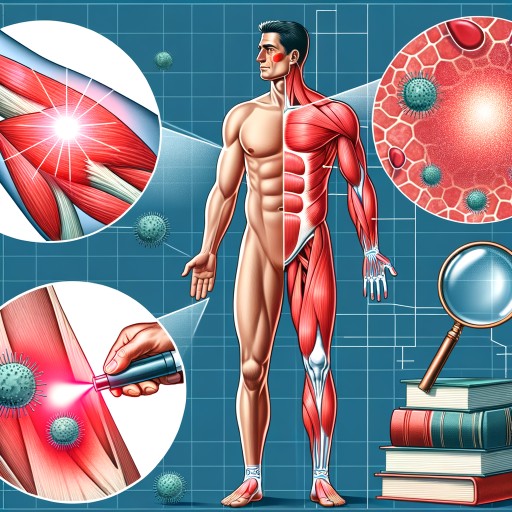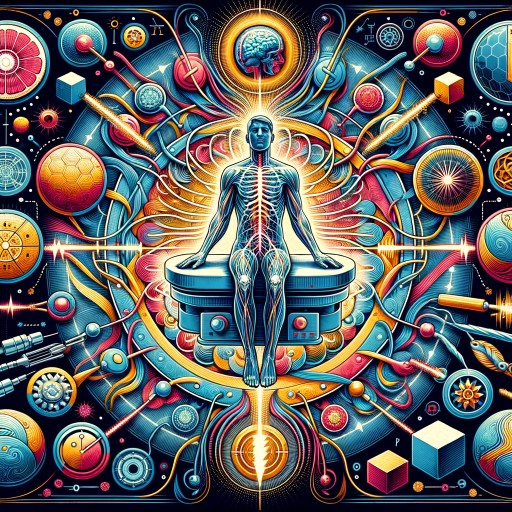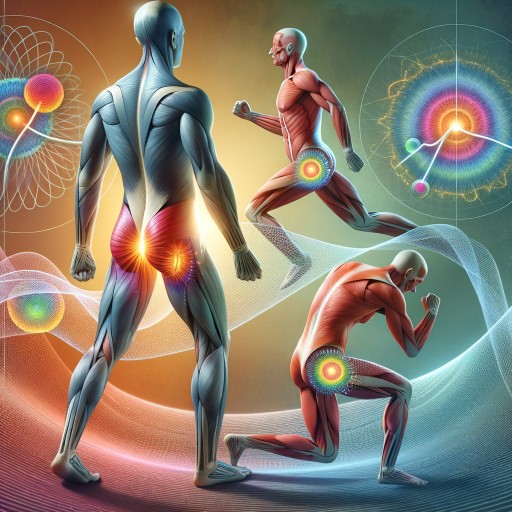Red Light Therapy and Its Effects on Inflammation: A Deep Dive into the Research
In an age where conventional medicine is increasingly blending with holistic approaches, red light therapy (RLT) has emerged as a compelling development in the realm of health and wellness. This non-invasive treatment harnesses the power of specific wavelengths of light to stimulate cellular processes. While its initial applications centered around skin rejuvenation, recent studies have highlighted its significant impact on inflammation, offering promising implications for a variety of health conditions.
Understanding Red Light Therapy
Red light therapy employs low-level wavelengths, typically in the range of 600-900 nanometers, which penetrate the skin to influence cellular function. The principle behind RLT lies in its ability to interact with mitochondria, the powerhouse of the cell. When energized by specific wavelengths of light, mitochondria increase the production of adenosine triphosphate (ATP), the energy currency of cells. Enhanced ATP production leads to increased cellular metabolism, which can promote healing and reduce inflammation.
The Science Behind Inflammation
Inflammation is the body’s natural response to injury, infection, or harmful stimuli. While acute inflammation is essential for healing, chronic inflammation can lead to a host of diseases, including arthritis, cardiovascular disorders, and even cancer. The inflammatory process is mediated by a complex network of signaling molecules, including cytokines and chemokines. These substances are responsible for recruiting immune cells to sites of injury and orchestrating the healing process. However, excessive or prolonged activation of these pathways can lead to tissue damage and the development of chronic inflammatory conditions.
How Red Light Therapy Modulates Inflammation
Research has shown that RLT can effectively modulate the inflammatory response, leading to decreased markers of inflammation and improved healing processes. Several studies have explored the mechanisms through which RLT exerts these effects:
1. Inhibition of Pro-Inflammatory Cytokines
A key feature of red light therapy is its ability to influence the expression of pro-inflammatory cytokines. Studies have demonstrated that RLT can decrease the levels of cytokines such as tumor necrosis factor-alpha (TNF-α) and interleukin-6 (IL-6). By reducing the secretion of these molecules, RLT can mitigate the inflammatory response and prevent tissue damage associated with chronic inflammation.
2. Enhancement of Anti-Inflammatory Pathways
Conversely, RLT has been shown to promote the activation of anti-inflammatory pathways. The therapy can stimulate the production of anti-inflammatory cytokines, which help to quell excessive immune responses. This dual effect—suppressing pro-inflammatory signals while enhancing anti-inflammatory responses—demonstrates RLT’s potential as a powerful tool in inflammation management.
3. Promotion of Vascularization
Increased blood flow is crucial for delivering oxygen and nutrients to healing tissues. RLT promotes angiogenesis, the formation of new blood vessels, thereby enhancing circulation in inflamed areas. Improved vascularization not only accelerates healing but also aids in the removal of waste products from damaged tissues.
4. Reduction of Oxidative Stress
Oxidative stress, characterized by an imbalance between free radicals and antioxidants in the body, plays a significant role in the development of chronic inflammation. Research indicates that red light therapy can enhance the production of endogenous antioxidants, which help detoxify oxidative stress and may significantly reduce inflammation.
Clinical Applications of Red Light Therapy in Inflammation
The potential applications of red light therapy in clinical settings are vast. Several studies highlight its efficacy in treating conditions associated with inflammation:
– **Arthritis:** Clinical trials have shown that RLT can reduce pain and enhance joint function in individuals with osteoarthritis and rheumatoid arthritis by targeting inflammation and promoting tissue repair.
– **Wound Healing:** Chronic wounds and ulcers often involve persistent inflammation. RLT has been proven to accelerate healing in these cases, reducing inflammation while promoting tissue regeneration.
– **Muscle Recovery:** Athletes are increasingly turning to RLT to expedite recovery from exercise-induced muscle soreness and injury. The therapy aids in reducing inflammation and improving muscle performance.
– **Skin Conditions:** Conditions such as psoriasis and eczema, characterized by inflammatory processes, may benefit from RLT. Research indicates that the therapy can reduce flare-ups and promote skin healing.
Exploring the Future of RLT in Inflammation Management
As the body of research grows, the future of red light therapy looks promising for inflammation management. Ongoing studies are exploring the optimal parameters of RLT—such as wavelength, intensity, and duration— to maximize its therapeutic benefits. Additionally, incorporating RLT into integrative approaches may ultimately revolutionize how chronic inflammatory conditions are managed.
Conclusion
Red light therapy represents a fascinating intersection of science and alternative medicine, providing a promising avenue for managing inflammation. By harnessing the power of light, this therapy not only reduces inflammatory markers but also enhances the body’s natural healing processes. As research continues to expand, RLT could play a pivotal role in redefining treatment protocols for chronic inflammatory diseases, paving the way for a more holistic approach to health and wellness. The implications are profound—red light therapy could provide a safer, efficient alternative or adjunct to conventional treatments, emphasizing the importance of balance between our body’s intricate systems.




